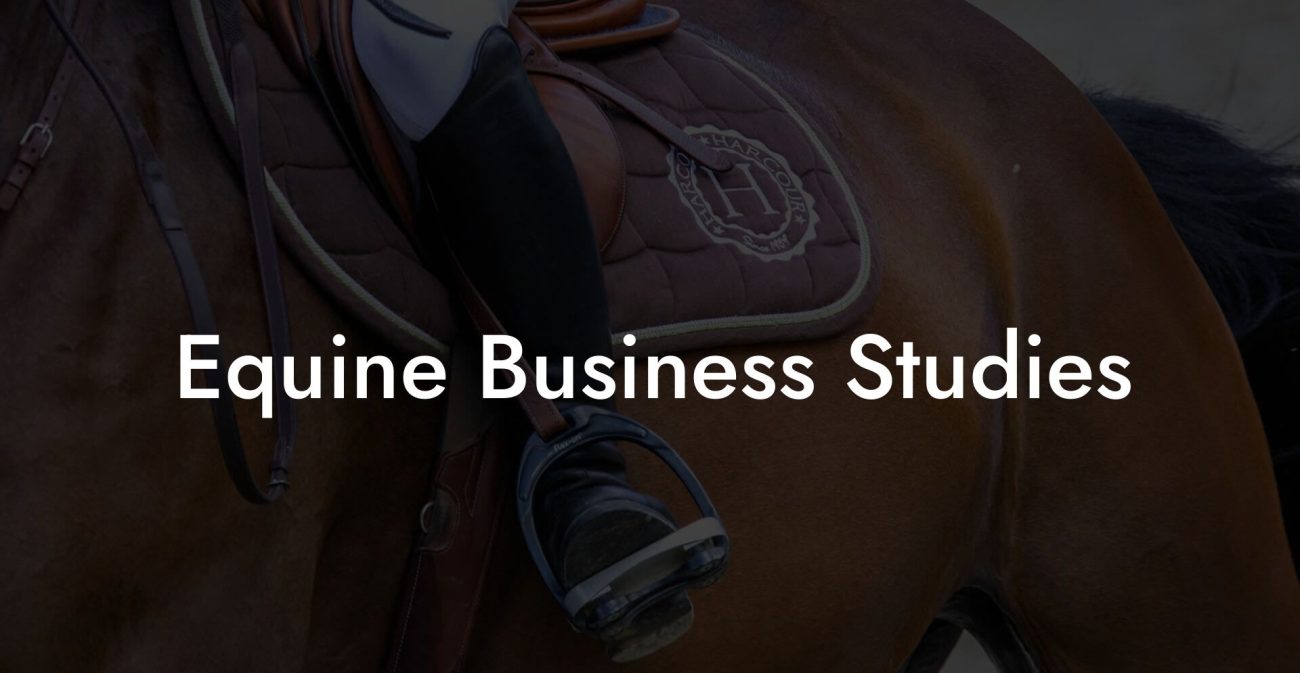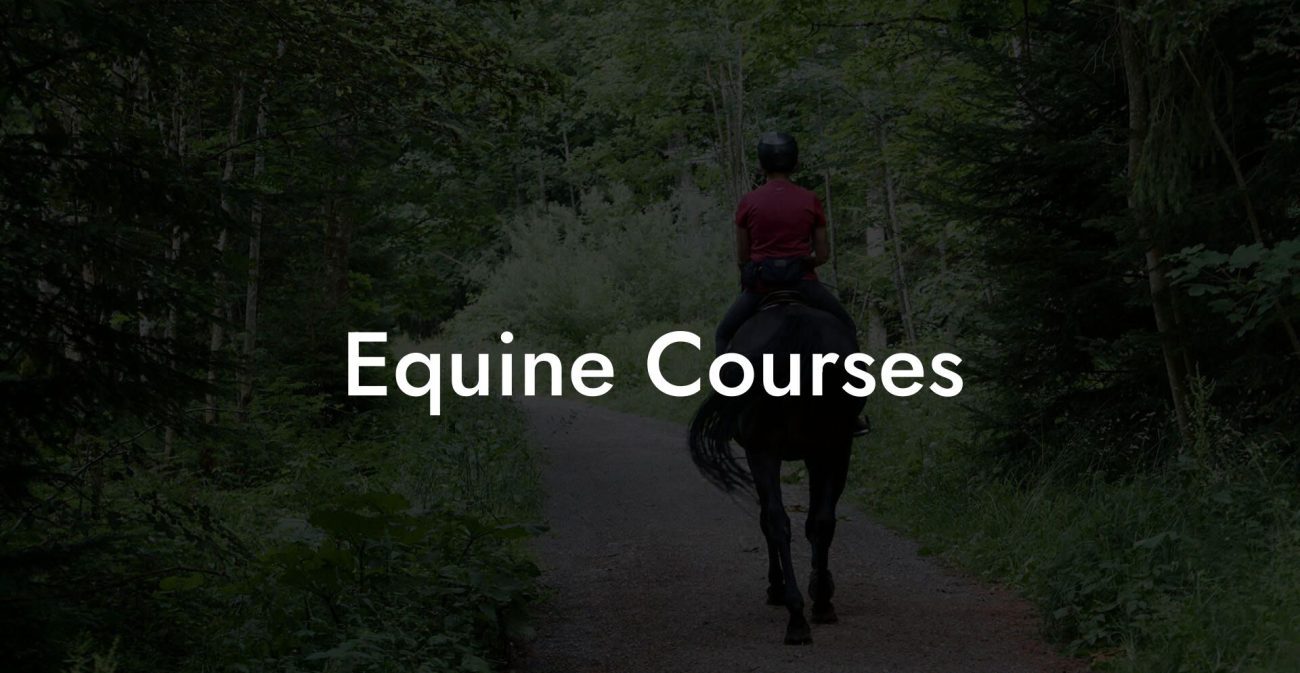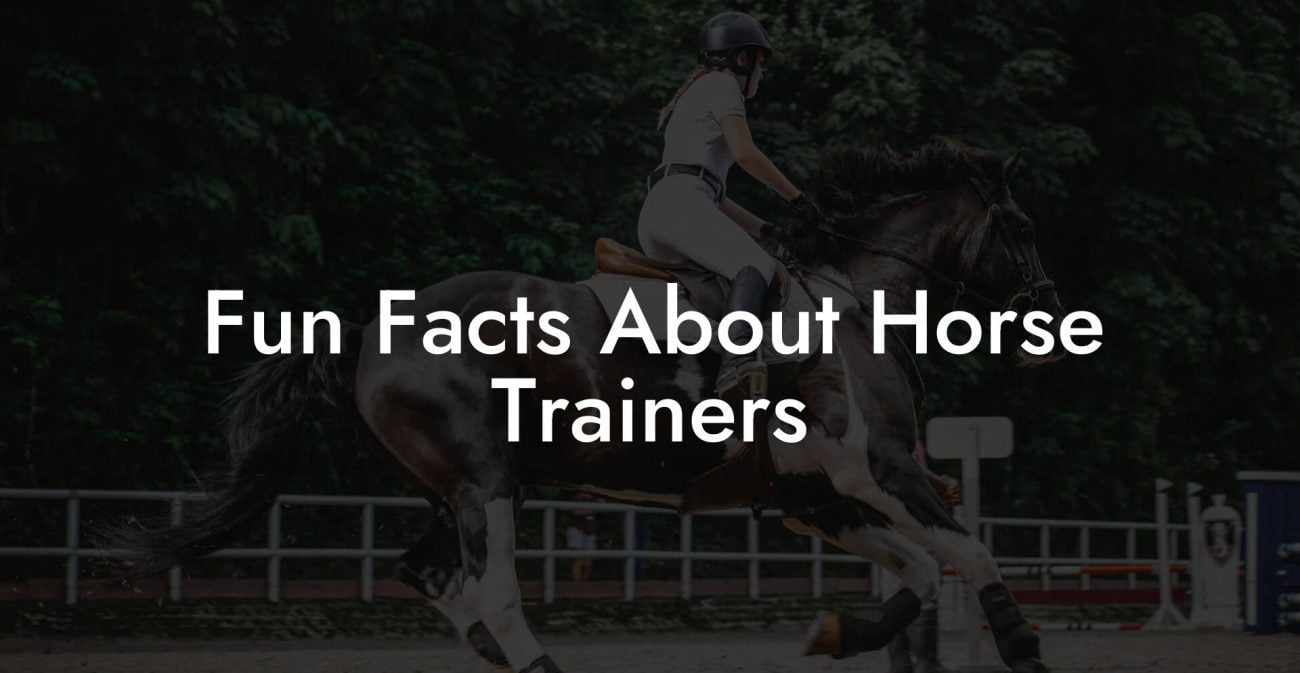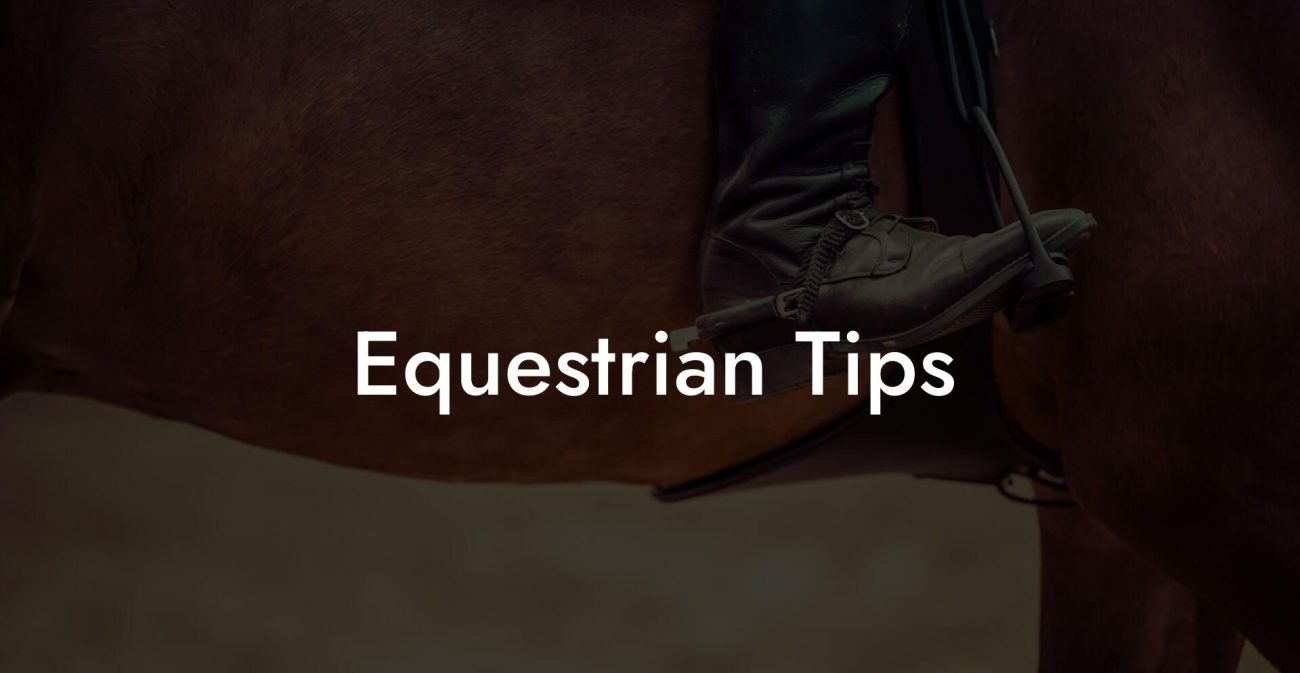So you're a horse enthusiast, and you've come across a plethora of terms related to our equine friends. You probably know that a horse's head has particular terms associated with it, but do you know which ones are inapplicable? This article is here to dispel any confusion regarding the terms describing a horse's head. We'll take an in-depth look at various terms, explain their meanings, and highlight a term that does not belong here. Let's see if you can spot it!
Which Of The Following Terms Is Not Associated With The Head Of A Horse Table of Contents
Different Parts of a Horse's Head
When talking about a horse's head, it's crucial to understand the distinct and unique terms since it houses essential features of a horse. Here is a breakdown of the critical parts and their names:
Forehead
The forehead is the upper portion of a horse's head, between the eyes and the ears. It is the location where the skull starts to curve. The width of a horse's forehead might differ between breeds.
Muzzle
The muzzle is the lower part of a horse's head, including the nostrils, lips, and chin. The muzzle contains the horse's sensitive whiskers, allowing them to feel their surroundings and find food.
Throatlatch
The throatlatch is the area where the underside of a horse's jaw connects to the neck. This area is often used to measure a horse's body weight and is vital when fitting a bridle.
Poll
The poll is the part of a horse's head behind their ears and is often considered the highest point on their head. The poll's sensitivity makes it essential to pay attention when using halters and bridles.
Star
A star is a term used to describe a white marking found on a horse's forehead. This marking can vary in size and shape among different breeds and individuals.
Snip
A snip is another white marking found on some horses, located between the nostrils or on the upper part of the muzzle.
Blaze
A blaze refers to a white stripe that runs from the forehead to the muzzle. The width of the blaze can vary greatly among horses, but it is a distinctive marking on many breeds.
Common Misconceptions and the Inapplicable Term
Now that we have covered some of the primary and common terms associated with a horse's head, let's discuss a few misconceptions and reveal the unrelated term.
Mane
Many people mistakenly believe that the mane is a term related to a horse's head. However, the mane refers to the long hairs growing from the neck's crest, not the head. This long hair helps protect the horse's neck from insects and weather elements.
Withers
The withers are another commonly mistaken term; it is not associated with the head. The withers are the highest point of a horse's back, located between the shoulder blades. This area is essential when determining a horse's height and fitting saddles.
Unrelated Term: Frog
Now that we have cleared up some misconceptions, let's move on to the inapplicable term. The term "frog" is not associated with a horse's head. The frog is, in fact, part of a horse's hoof. It is the V-shaped structure found on the bottom of a hoof that helps with shock absorption and traction.
Which Of The Following Terms Is Not Associated With The Head Of A Horse? Example:
Imagine you're at a horse event, and you hear someone talking about a beautiful horse with a broad forehead, a distinct blaze, and an adorable snip. After reading our article, these terms will now ring a bell, and you'll have a mental image of the horse being discussed. You would also know that if they mentioned the frog, it would not be about the horse's head.
We hope this article has helped you understand the different terms related to a horse's head and taught you that the term "frog" does not fit in this context. Now that you're well-versed in this topic, why not share your knowledge with fellow horse enthusiasts and engage in spirited discussions? Also, make sure to explore our other guides on How to Own a Horse, where we offer tips, tricks, and advice that will enhance your experience and expertise in the exciting world of horsemanship.













